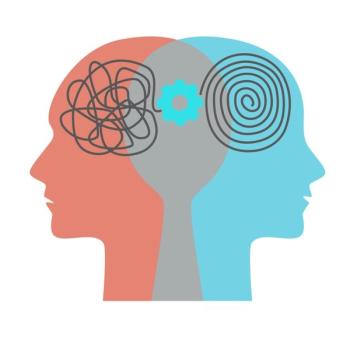
Poorly Controlled T2D Improves with Initiation of rtCGM in Primary Care

ADA 2022: Primary care patients with T2D and HbA1c >7.5% achieved as much as a 1.5% drop in HbA1c after initiating real time continuous glucose monitoring.
Primary care patients with poorly controlled
Glycemic control among many patients with T2D, the authors note in the study abstract, continues to be suboptimal. They point out, too, that while use of CGM has increased substantially for patients with T2D in recent years, there continue to be gaps in the research conducted to assess the efficacy of CGM in this population.
For this study, the investigators were interested specifically in the effects of rtCGM on HbA1c in patients with T2D in real-world primary care settings, both well and poorly controlled, and particularly among those on regimens other than intensive insulin therapy.
The research team conducted a retrospective observational study that examined data from August 1, 2015, to September 30, 2020, on use of rtCGM in 13 US health systems and multispecialty medical groups. Individual use of rtCGM was determined using prescription codes.
For inclusion in the cohort, patients required a diagnosis of T2D and as least 1 outpatient visit with a primary care provider in the 18 months before rtCGM was prescribed. The researchers’ primary outcome of interest was change in HbA1c from baseline to between 3 and 9 months after initiation of rtCGM. They were also interested in whether that change in HbA1c would be affected by the baseline HbA1c and so stratified the cohort into 2 groups: baseline HbA1c >7.5% and baseline HbA1c ≤7.5%.
Review of the data found that during the 5-year period between August 1, 2015, and September 30, 2020, 458 patients with T2D initiated rtCGM. The group had a mean age of 61 years, was 50% women, and 84% White. Half of the patients were covered by commercial insurance, and the group overall had a mean of 3.7 PCP visits in the prior year.
Treatment regimens among the 458 patients varied, as follows.
- 64 (14%) were prescribed antidiabetes medications but not insulin (NIT)
- 51 (11%) were prescribed basal but not bolus insulin (NIIT)
- 343 (75%) were prescribed bolus insulin, with or without basal insulin (IIT)
When they analyzed change in HbA1C for patients with baseline HbA1c >7.5% (n=306, 67%), the researchers found an average change of -0.9% (95% CI -0.7, -1.1, p<.001), according to the study abstract. Further examination of HbA1c change by T2D management regimen found the greatest reduction after initiating rtCGM was for patients prescribed basal but not bolus insulin, NIIT -1.59% (SD=2.3%), p<.001; followed by patients taking antidiabetes agents but not insulin, NIT -1.13% (SD=2.3%), p<.01; and then those prescribed bolus with or without basal insulin, IIT -0.76% (SD=1.6%), p<.001.
Interestingly, analyses revealed that in the patient group with baseline HbA1c that was better controlled, ie, ≤7.5% (n = 152, 33%), the mean change in the measure did not reach statistical significance (0.12%, p=.123).
“These findings suggest, for poorly controlled patients with T2D, regardless of therapy regimen, rtCGM use improved glycemic control,” wrote authors in the study abstract. “This real-world evidence supports further studies of the benefits of rtCGM in the broader T2D population.”
Reference: Shields S, Norman GJ, Ciemins EL.
Newsletter
Enhance your clinical practice with the Patient Care newsletter, offering the latest evidence-based guidelines, diagnostic insights, and treatment strategies for primary care physicians.


















































































































































































































































































